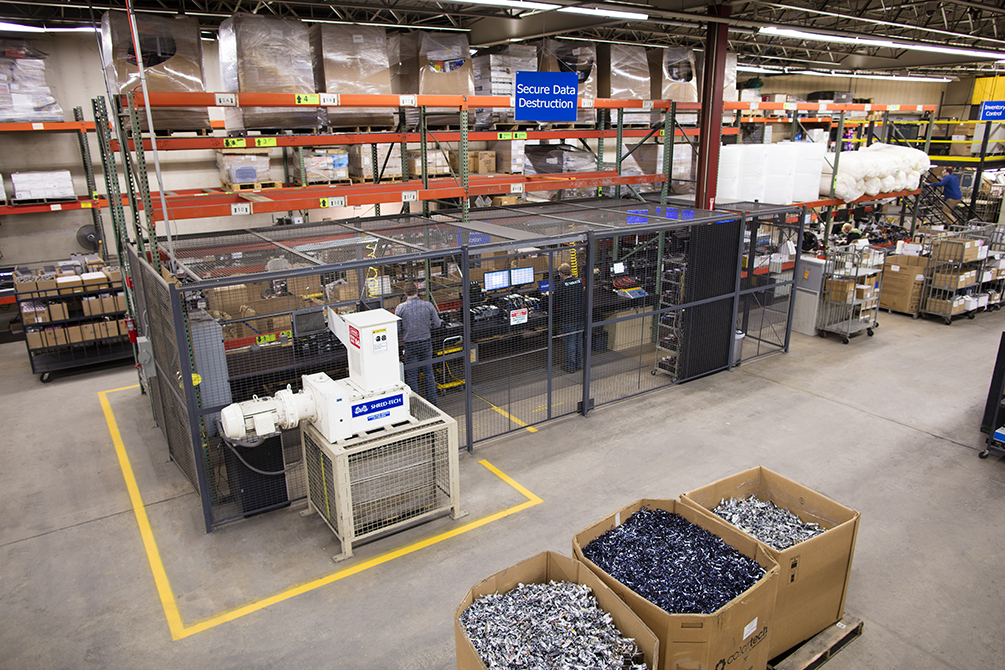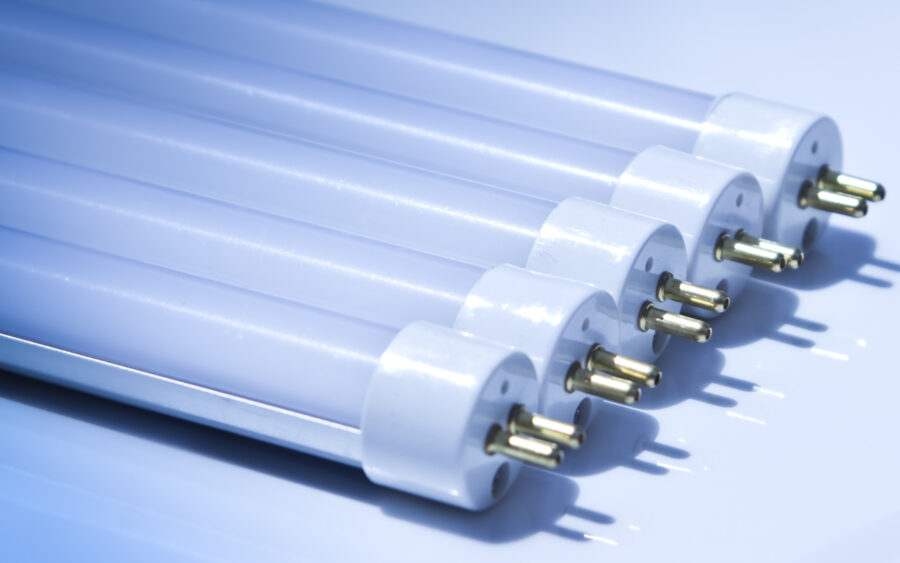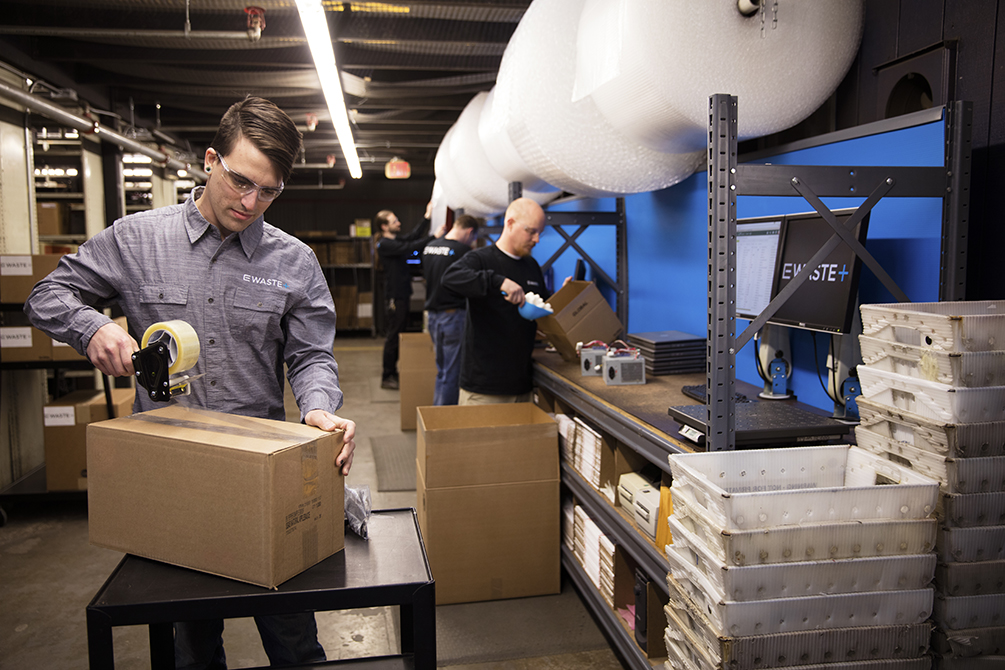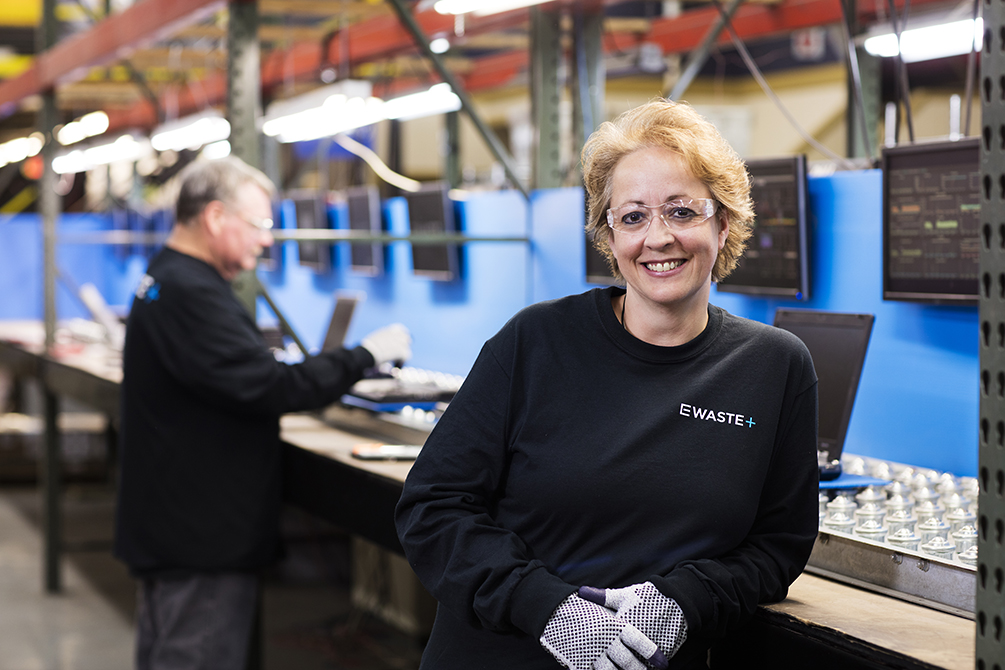
Light Bulb and Fluorescent Tube Recycling
When looking to cycle out your light bulbs and fluorescent tubes, consider upcoming regulations before upgrading or purchasing new bulbs. Compact fluorescent lightbulbs, otherwise known as CFLs, are being phased out.
The White House is looking to phase CFLs out by 2025 as a part of a broad climate action plan, raising the minimum wattage of bulbs beyond what a CFL can typically provide.
Many states, however, are acting ahead of the bill, passing regulations that phase these bulb types out before that date. Northeastern states considering this course of action include Vermont, Massachusetts, Maine, and Rhode Island.
Understanding Universal Waste Storage Requirements
Compliance with Universal Waste Storage Regulations
In line with the Department of Environmental Conservation (DEC), it is crucial to adhere to specific regulations when storing universal waste, including light bulbs that contain mercury. The DEC mandates that universal waste be stored for no longer than one year to prevent environmental harm and ensure safe management. Handlers must demonstrate compliance with this time limit by one of several methods, such as labeling the storage container with the earliest date of waste placement or employing an inventory system that tracks the storage duration of each waste item.
This requirement is designed to keep waste handlers accountable and ensure that hazardous materials are not stored indefinitely, thereby reducing the risk of environmental contamination. EWASTE+ ensures compliance with these regulations, providing peace of mind that all handled wastes are appropriately managed within the required timeframes.
Streamlining Waste Management for Cost Efficiency
Enhancing Efficiency through Integrated Waste Management Programs
Incorporating universal waste recycling into your ITAD/electronic recycling program can significantly enhance logistical efficiency and reduce costs. By consolidating these programs, businesses can streamline their waste management processes, minimizing the need for separate collections and handling procedures. This not only simplifies operations but also reduces transportation and processing costs associated with managing different types of waste separately. EWASTE+ offers integrated services that help businesses capitalize on these efficiencies, ensuring compliance while maximizing cost-effectiveness.
Why Disposing of CFLs, LFLs, and Other Light Bulbs is Hazardous
These bulbs contain mercury, which is a hazardous substance that can pose risk to both human health and environmental health. Incandescent bulbs and other non-mercury-containing bulbs can be disposed of in regular trash collection.
CFLS, LFLs, and other types of light bulbs that contain mercury are regulated waste that need special consideration or handling to ensure they are contained and properly disposed of, which can be accomplished with assistance from electronics waste collection companies such as EWASTE+.

Types of Lamps Acceptable for Recycling
The team at EWASTE+ works to provide clear instruction for different types of lamps and light bulbs that are acceptable based on universal waste guidelines. We can accept and recycle fluorescent tubes by the foot, U-tub or compact CFL bulbs, as well as incandescent, LED, and coated bulbs including HID, mercury vapor, and metal halide bulbs.
Prices for recycling these tubes and lamps range by the foot, to per-fixture, or per-pound based on their type. Broken lamps, regardless of type, are priced by the pound.

Fluorescent Tubes and Light Bulb Recycling FAQ
Guidelines for Fluorescent and Other Mercury-Containing Bulbs
How Should Fluorescent Tubes (and Other Light Bulbs) be Disposed of?
There are several local options available that can recycle hazardous waste such as fluorescent tubes and other types of light bulbs that contain mercury. EWASTE+ offers these services, as well as a universal packaging and shipping guide to help you dispose of waste properly.
High intensity bulbs must be packaged in original packaging or wrapped in paper, while other types of lamps and fluorescent tubes must be boxed in EWASTE’s lamp boxes or original packaging, labeled with the appropriate universal waste label provided by your client services representative.
Can Damaged Lights be Disposed of?
Yes, damaged lights can be disposed of. With EWASTE+, these damaged or broken bulbs must be packaged separately and labeled appropriately. Broken or damaged bulbs and tubes must be handled with additional care, and are subject to additional fees to accommodate the additional regulations they are placed under during shipping and handling.
When packaging lamps and bulbs, boxes must be taped closed to reduce the amount of breakage during shipping. Universal waste labels are available on the EWASTE+ website. For more information about fees associated with damaged lights, contact your client services representative.
Choose EWASTE+ As Your Light Bulb and Fluorescent Tube Recycler
It’s important to understand that fluorescent tubes and other types of light bulbs and lamps are strictly regulated under New York State and federal laws. All fluorescent bulbs, CFLs, and high-intensity discharge lamps contain a small amount of mercury that, in aggregate, could pose a hazard to human health. Proper disposal of these light bulbs is essential for a safe urban and natural environment.
EWASTE+ is a proud provider of fluorescent tube recycling.. We can help you remove a range of universal waste types from your business safely and securely, keeping your company in compliance with local, state, and federal regulations.


